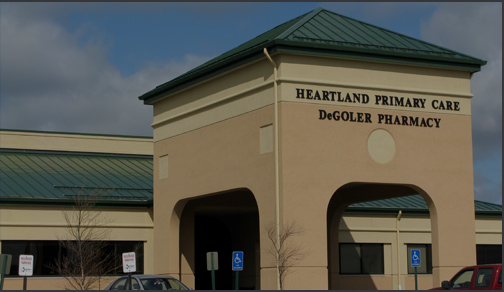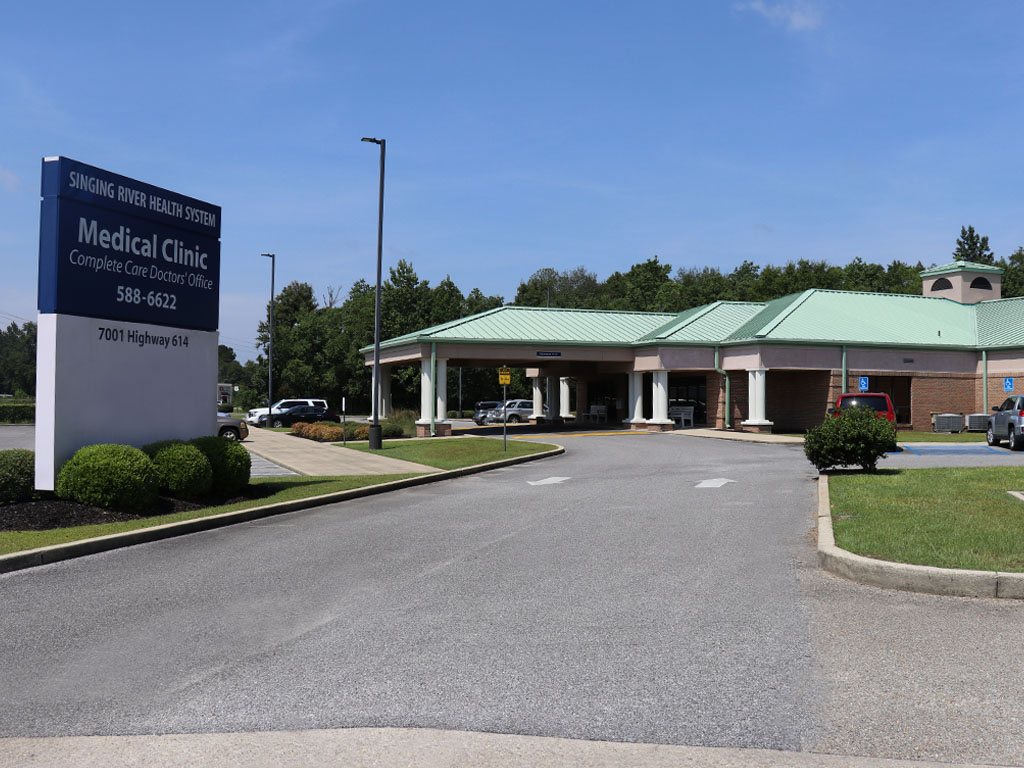Leading Tips for Choosing the Right Clinic for Your Urgent Care Requirements
Leading Tips for Choosing the Right Clinic for Your Urgent Care Requirements
Blog Article
Understanding the Function of Urgent Care in Providing Timely Therapy for Non-Life-Threatening Problems
Urgent care centers have actually emerged as an essential component of the healthcare landscape, dealing with the prompt needs of patients with non-life-threatening problems. Comprehending the subtleties of urgent treatment could significantly impact client outcomes and the general effectiveness of health care distribution.
What Is Urgent Treatment?
Urgent care refers to a classification of clinical services developed to address non-life-threatening problems that require immediate interest. These centers function as an intermediary in between main treatment medical professionals and emergency spaces, supplying a convenient choice for people that need prompt care without the comprehensive waiting times typically related to emergency situation divisions.
Immediate treatment facilities are generally staffed by physician, consisting of medical professionals, registered nurse professionals, and physician assistants, who are trained to identify and treat a wide range of problems. Typical solutions supplied by these facilities include treatment for minor injuries, health problems, and infections, along with analysis examinations such as X-rays and research laboratory work.
The access of immediate treatment is a vital consider its charm, as lots of centers operate past normal office hours, consisting of weekend breaks and evenings. This extended schedule enables clients to receive timely treatment when their health care service provider may not be accessible. Furthermore, immediate treatment centers typically approve walk-in individuals, eliminating the demand for consultations. Generally, urgent treatment plays a vital duty in the healthcare system, making certain people can access vital clinical services without delay and efficiently.

Numerous people may find themselves uncertain regarding when to seek treatment at an urgent treatment facility rather than a primary treatment doctor or an emergency clinic. Urgent treatment is designed to attend to non-life-threatening conditions that need prompt focus however are not severe sufficient to warrant an emergency area check out.
Usually, one ought to consider urgent treatment for issues such as minor cracks, sprains, cuts calling for stitches, or infections like urinary tract infections. In addition, cold or flu signs and symptoms, rashes, and allergies can likewise be suitably managed in this setting.
It is essential to note that urgent treatment is not ideal for deadly emergency situations, such as upper body pain, trouble breathing, or severe bleeding, which require prompt emergency clinic intervention.
People that do not have accessibility to a primary care physician or can not safeguard a prompt appointment might additionally gain from immediate care services. Inevitably, recognizing when to utilize urgent treatment can bring about more efficient healthcare shipment, enabling clients to obtain the ideal degree of treatment based upon their details wellness demands.
Benefits of Urgent Care Centers
Selecting urgent care facilities for non-life-threatening problems supplies several advantages that enhance patient experience and ease of access. One primary benefit is the decreased wait times compared to conventional emergency rooms. Immediate treatment facilities typically operate on a first-come, first-served basis, permitting people to get timely medical interest without the lengthy delays frequently related to medical facility settings.
In addition, immediate treatment facilities provide extended hours, consisting of nights and weekends, accommodating people with differing review schedules. This versatility makes sure that people can seek treatment when it is most practical for them, further advertising prompt treatment.

Furthermore, these facilities often provide an extensive series of solutions, including diagnostic examinations and minor procedures, all under one roofing system. This debt consolidation of services not only simplifies the individual experience however also cultivates a much more cohesive strategy to handling non-life-threatening health concerns, eventually benefiting general client outcomes.
Usual Conditions Dealt With
At urgent treatment facilities, a selection of non-life-threatening conditions can be properly treated, supplying patients with easily accessible and prompt medical support. These centers are specifically proficient at attending to issues that need prompt interest yet do not position an instant threat to life or arm or leg.
Usual conditions treated at immediate care centers consist of minor injuries such as cracks, stress, and sprains. Immediate care centers are equipped to perform necessary analysis examinations, such as X-rays and lab tests, enabling them to give thorough treatment.
Moreover, urgent care service providers can carry out inoculations, assisting to avoid the spread of infectious diseases - Urgent Care. They additionally provide services for small treatments, such as suturing wounds or draining pipes abscesses. By using these diverse solutions, urgent treatment facilities play an important role in linking the gap in between medical care and emergency solutions, ensuring patients obtain prompt treatment for a variety of conditions without the requirement for long delay times normally associated with emergency clinic
Just How Urgent Care Sustains Health Care System
Urgent my site care facilities play a vital role in sustaining the overall health care system by reducing the worry on emergency divisions and providing timely accessibility to treatment for non-life-threatening problems. By managing instances such as minor injuries, infections, and health problems, urgent care centers permit emergency divisions to concentrate on more essential patients needing prompt attention.
Moreover, immediate treatment centers enhance health care access, offering prolonged hours and a much more convenient option to typical primary care settings. This availability is specifically beneficial for individuals that might not have a regular physician or who require instant treatment beyond regular workplace hours. Therefore, urgent treatment facilities effectively reduce wait times and enhance patient satisfaction.
In addition, immediate treatment centers add to cost savings for both clients and the healthcare system by offering lower-cost services compared to emergency divisions. This economic performance is essential in a period of climbing health care expenses, enabling clients to receive essential treatment without sustaining exorbitant expenditures.
Verdict
To conclude, immediate care centers play an important role in the medical care system by supplying timely treatment for non-life-threatening conditions. By linking the space between medical care and emergency clinic, these centers make certain that individuals receive prompt clinical interest without the lengthy delay times normally connected with emergency divisions. The availability and performance of immediate care facilities contribute significantly to relieving the general concern on health care resources, boosting client end results, and promoting a more efficient healthcare distribution system.
Immediate care facilities have arised as an important part of the health care landscape, resolving the immediate demands of clients with non-life-threatening problems. Urgent care gos to generally sustain reduced out-of-pocket costs contrasted to emergency situation division check outs, making treatment more cost effective for patients without jeopardizing top quality. Urgent treatment facilities are geared up to do required analysis examinations, such as X-rays and laboratory tests, allowing them to give extensive treatment.
By supplying these diverse services, urgent treatment facilities play an essential role in linking the space in between primary care and emergency situation services, guaranteeing people obtain timely treatment for a broad array of conditions without the need for long wait times typically associated with emergency spaces.
Additionally, urgent care centers improve health care access, supplying extensive hours and an extra hassle-free option to typical key treatment setups.
Report this page